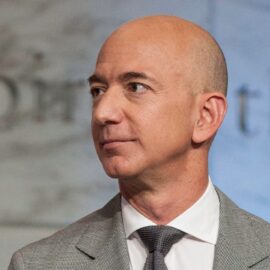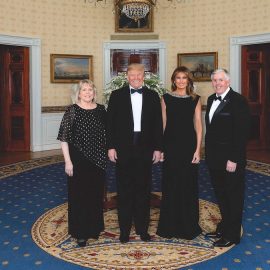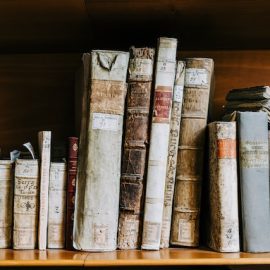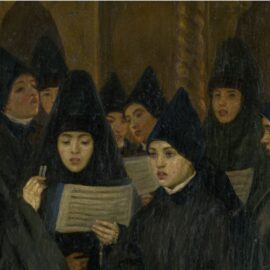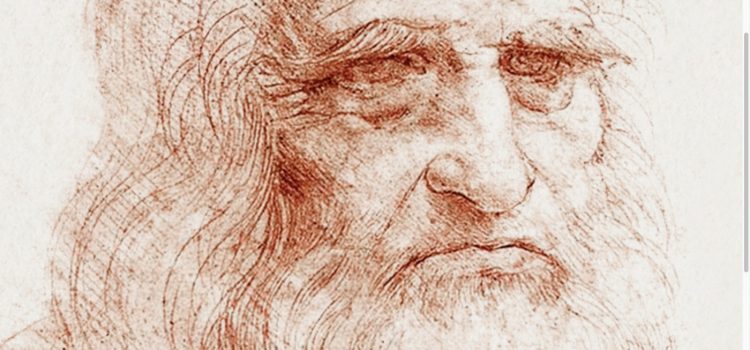
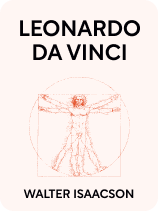
This article is an excerpt from the Shortform book guide to "Leonardo da Vinci" by Walter Isaacson. Shortform has the world's best summaries and analyses of books you should be reading.
Like this article? Sign up for a free trial here.
What subjects was Leonardo da Vinci proficient in? Was Leonardo da Vinci a polymath?
A polymath is an individual who has extensive knowledge in many subjects. Leonardo da Vinci is a great example of one, having knowledge in mathematics, art, hydrology, and more.
Let’s take a look at the subjects Leonardo was advanced in.
Leonardo’s Genius: Universal Curiosity
As Walter Isaacson makes clear in his biography of the polymath Leonardo da Vinci, the starting point for Leonardo’s genius was his universal curiosity. He studied a range of subjects and applied everything he studied to his works of art, while also bringing his artistic insights into his scientific explorations. The key output of his universal curiosity was the self-directed education that turned him into the ultimate Renaissance man.
(Shortform note: Leonardo was only one example of the cultural revolution taking place. Many other artists brought together science, engineering, painting, sculpture, and more thanks to the commercial and intellectual exchange taking place in cities like Florence and Milan.)
Mathematics
Leonardo nurtured a passion for mathematics, especially geometry, throughout his life. Isaacson argues that, to Leonardo, painting was both an art and science because artists need a deep understanding of mathematics to convey their imagination through their art.
The Abacus School
During his first stay in Florence, Leonardo’s father paid for his education at an abacus school. Isaacson argues that Leonardo’s takeaway from this education was using analogies and patterns. For example, he took what he knew about water eddies and hypothesized that the aortic valve used a similar process.
Optics
Isaacson claims that Leonardo’s work made dimensionality the greatest artistic achievement of the Renaissance, possibly thanks to the following two gains from his study of optics:
1. Optics enhanced his understanding of light, shades, and edges. Isaacson reports that, through experimentation and dissection of eyeballs, Leonardo learned that the eye perceives images through the entire retina. This means that the brain perceives scenes as a whole, not as individual objects separated by sharp edges.
2. Optics refined his use of perspective. He went beyond linear perspective (how to make a flat surface seem deep) and studied acuity perspective (how objects become less distinct when they are farther away). Isaacson explains that Leonardo understood that he needed to paint objects in the background more diffusely than those in the foreground.
Architecture and Engineering
Architecture and engineering are areas where Leonardo didn’t leave concrete marks. None of his designs came to fruition, and Isaacson argues that this was because they were too ambitious for his time.
In terms of architecture, he developed plans for new cities, royal palaces and villas, and churches. Isaacson says Leonardo was the first architect to systematically analyze the causes of wall fissures, and he developed plans to make cities more hygienic and prevent plague outbreaks.
Isaacson reports that Leonardo’s interests in engineering spanned aeromechanics, hydraulics, and military engineering. He designed flying machines and complex water management systems, including a plan to change the course of the Arno river. In military engineering, he designed several weapons.
While Leonardo didn’t manage to construct working prototypes for his designs, Isaacson claims he made significant engineering and scientific advancements:
- He was the first to explain how different birds managed to fly.
- He previewed the laws of gravity, but he called gravity “the attraction of one object to another.”
- He previewed Newton’s laws of motion, Amonton’s rules of friction, Galileo’s principle of relativity, and Bernoulli’s fluid principle.
- He calculated how much weight a man can lift with each of his muscle groups.
Anatomy
During his first stay in Milan, Leonardo collaborated with anatomy scholars at the University of Pavia who taught him to perform dissections. According to Isaacson, his studies of anatomy allowed him to explore two central questions:
1) How does man fit into the universe?
2) How do emotions transform into gestures and movements?
Isaacson identifies several scientific breakthroughs Leonardo made through dissections and observations of living people and animals:
- He was the first to draw the two halves of the skull together, to correctly draw the frontal sinus, and to give a description of the full set of human teeth.
- He was the first to study the anatomy of the human smile, including each participating nerve (He studied the smile at the time he was painting the Mona Lisa).
- He illustrated every human body part and limb.
- He explained the process that leads to arteriosclerosis.
- He was one of the first to discover that the heart was the center of the circulatory system, rather than the liver, as was then thought. He determined that the heart was a muscle with four ventricles with specific functions, and he explained how the aortic valve worked.
- Using his knowledge of sculpture, he mapped the internal cavities of the brain by injecting molding material into a skull, and he sculpted a model of a bull’s heart to test how blood ran through it.
Hydrology and Geology
As Isaacson explains, Leonardo’s interest in water was second only to his interest in the human body. He explored how water moved and shaped the earth, and he made it a central part of his art and engineering projects. (Shortform note: His interest in hydrology seems to have started when he saw a flood in his childhood.)
Leonardo made several breakthroughs in this area. He invented goggles, floats, and instruments to measure the current and movement of rivers. Also, Isaacson says Leonardo carried out experiments that prompted important discoveries:
- He learned that you can’t compress water.
- He discovered that vortices appear when water flows past an obstacle.
- He discovered how sea waves work.
- He discovered that erosion was the result of water wearing out riverbanks.
- He discovered that mountains were the result of movements in the crust of the earth.
- He was a pioneer in the study of fossils and fossil traces.
Astronomy
Another subject that made Leonardo da Vinci a polymath was astrology. Leonardo’s curiosity about the earth led him to study its place in the universe. According to Isaacson, Leonardo made many astronomic insights that were ahead of his time:
- The earth is not the center of the universe.
- Gravity keeps the waters attached to the earth.
- The moon doesn’t emit light but rather reflects the light of the sun.
- The sky is blue because the sun illuminates the drops of water present in the air.

———End of Preview———
Like what you just read? Read the rest of the world's best book summary and analysis of Walter Isaacson's "Leonardo da Vinci" at Shortform.
Here's what you'll find in our full Leonardo da Vinci summary:
- A detailed look into the life, accomplishments, and struggles of Leonardo da Vinci
- Lessons from his life and work that you can apply to your own life
- What set Leonardo apart from other artists at the time


